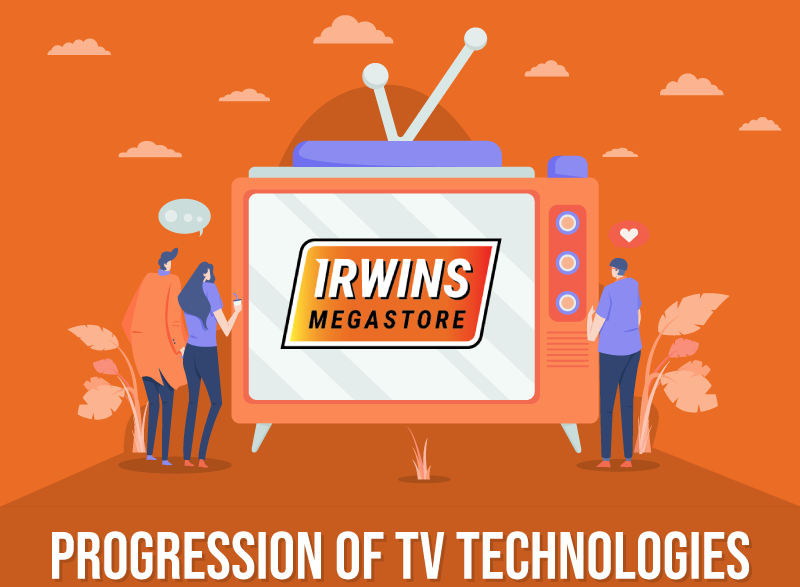The progression of television technologies seems to fascinate people as display technology trends in televisions Cork continue to change over time. With the advent of digital technology, flat screens became popular among households. But before the ever-familiar flat-display panels in this modern era, users of televisions first viewed images on their screens in black and white.
The reason behind the black and white images on screens is that the televisions commercially made available in the 1940s utilized white phosphor-coated panels to present an image through a single electric beam. But, thanks to the development of Cathode Ray Tube (CRT) display technology, coloured television has been made a reality for users. The display panel uses three electron beams, one of each primary colour of red, green, and blue, to produce the different colours on the screen.
Eventually, in the 1960s, LED and LCD technologies were invented. The difference between LED and LCDs is that a LED display panel uses light-emitting diodes as pixels to display transient images. In contrast, LCD technology leverage the light-modulating properties of liquid crystals to illuminate moving images on the screen. Basically, LED functions through emitting light, and LCD works by blocking light.
Moreover, with the continuous evolution of display technologies, plasma displays were developed. However, plasma display panels did not gain popularity until the advent of digital technology. Full-colour plasma display televisions were introduced to the public in 1995. With the invention of plasma technology in televisions, the size of these electronic systems was reduced even further. It comes as plasma display panels do not use CRT technology, unlike earlier versions of televisions.
Around 2007 and 2008, televisions using LCD technology surpasses Plasma displays as consumer’s choice. This is due to the continuous improvement of LED technologies, with LED-backlit LCD displays gaining competitive advantages in the market. Organic light-emitting diode (OLED), active-matrix organic light-emitting diode (AMOLED), and quantum-dot light-emitting diode (QLED) came into the scene of display technologies, with the QLED as the most recent television technology, which was introduced in 2013.
These newer LED technologies offer television Waterford users thinner and more flexible screens than earlier models. For more information about the changes and breakthroughs in display technologies that paved the way for the evolution of television, read Irwin’s Megastore’s infographic provided below.

